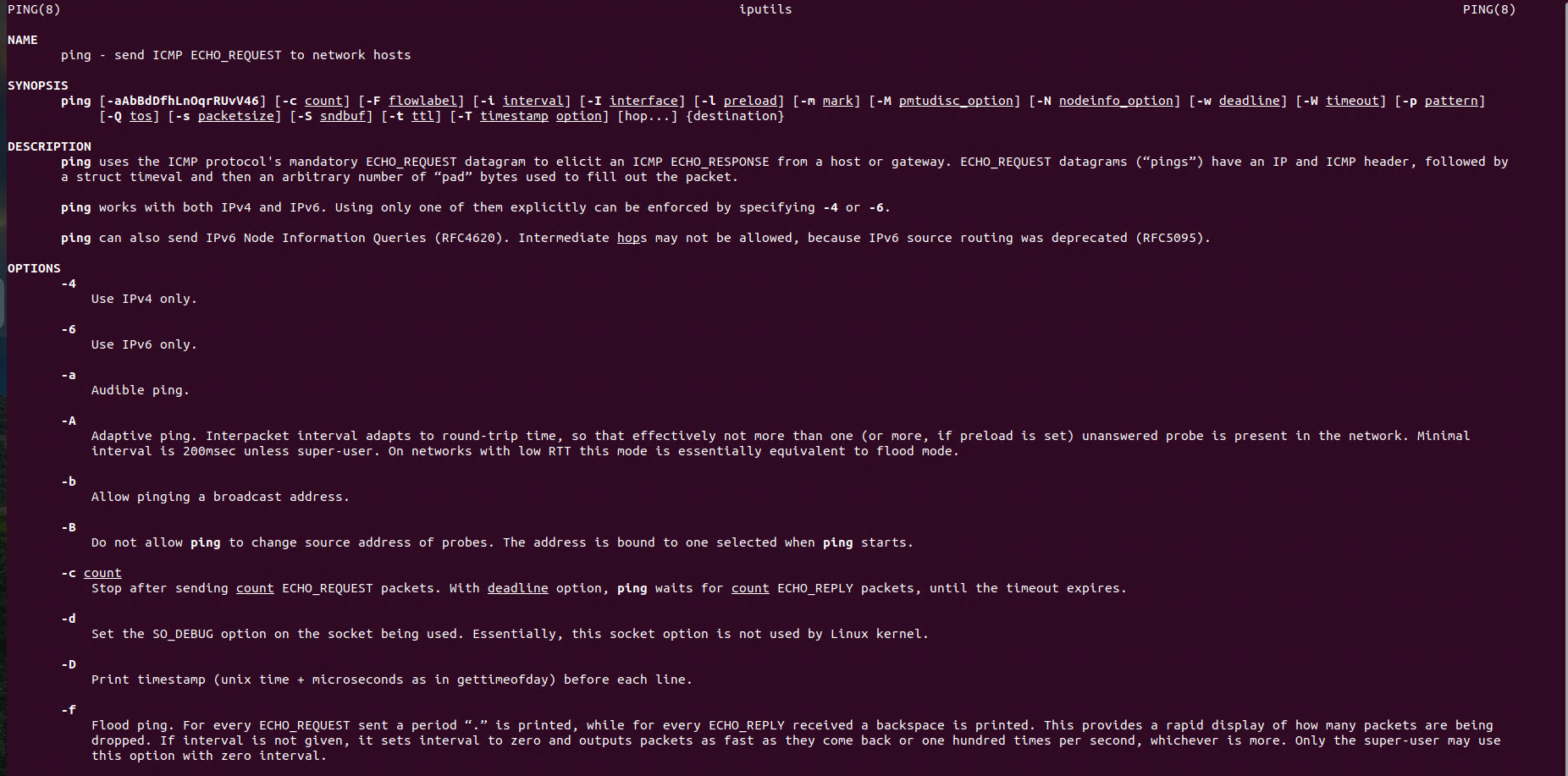VLANs (Virtual Local Area Networks) on Ubuntu
Linux Networking: Add VLAN on Ubuntu with netplan is an essential part of any Linux system, and managing VLANs (Virtual Local Area Networks) helps improve network segmentation, security, and traffic management. In this post, we will guide you through the process of adding a VLAN on Ubuntu using netplan, the default network configuration tool. By the end of this tutorial, you will know how to configure VLAN interfaces, assign IP addresses, and implement these changes to ensure efficient network management on your Ubuntu server. Let’s dive into setting up VLANs with netplan for enhanced networking functionality.
General VLAN Usage
A VLAN (Virtual Local Area Network) is a logical subdivision of a physical network that allows devices on different physical LANs to communicate as if they were on the same physical LAN. This segmentation helps to manage traffic efficiently, enhance security, and improve network performance by reducing broadcast domains.
Network Configuration with netplan on Ubuntu
Configuration file is located under the folder: /etc/netplan
# List files in the folder
ls /etc/netplan
# Edit the file
sudo nano 00-installer-config.yamlContent of the file:
# This file is generated from information provided by the datasource. Changes
# to it will not persist across an instance reboot. To disable cloud-init's
# network configuration capabilities, write a file
# /etc/cloud/cloud.cfg.d/99-disable-network-config.cfg with the following:
# network: {config: disabled}
network:
ethernets:
eth0:
dhcp4: true
optional: true
# Add VLAN 30 with IP Adress
vlans:
eth0.30:
id: 30
link: eth0
addresses: [10.3.3.10/24]
version: 2netplan Configuration Explanation
In this configuration we added VLAN 30 on the eth0 interfaces.
eth0.30: Represents a VLAN with ID 30 created on theeth0interface.id: 30: The VLAN ID, a unique identifier for this VLAN.link: eth0: Indicates that this VLAN is tied to theeth0physical interface.addresses: [10.3.3.10/24]: Assigns a static IP address (10.3.3.10) with a subnet mask (/24) to the VLAN.
Test netplan Configuration
The netplan try -timeout 120 command lets you test network settings temporarily. It applies changes for 120 seconds, allowing you to verify if the new configuration works. If something goes wrong, the configuration automatically reverts after the timeout, preventing network disruptions.
# Try the configuration before applying
netplan try -timeout 120 Apply netplan Configuration
After verifying the changes, use netplan apply to make the configuration permanent. This command saves the modifications, applying the updated settings to your system’s network permanently.
# Apply network configuration
netplan apply











